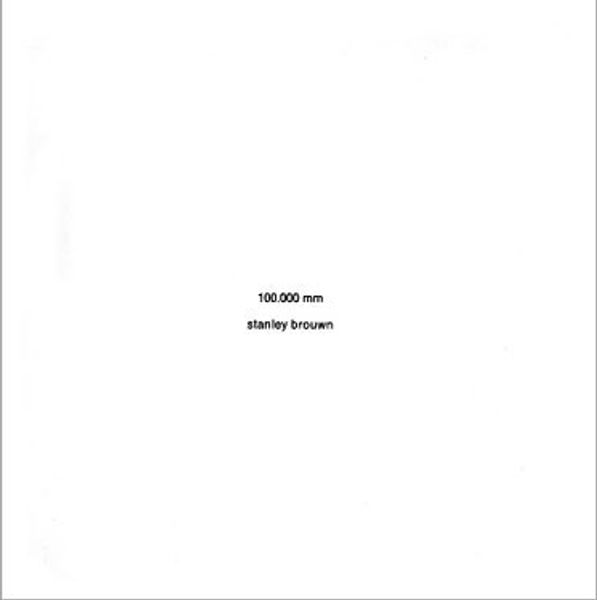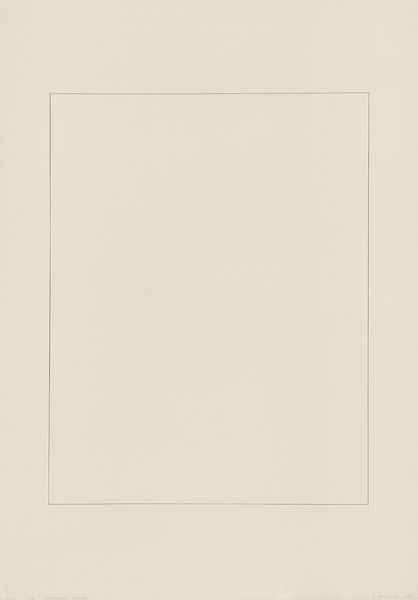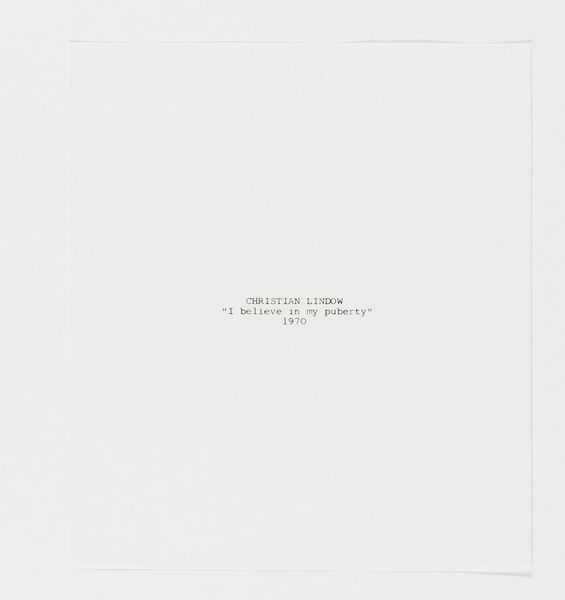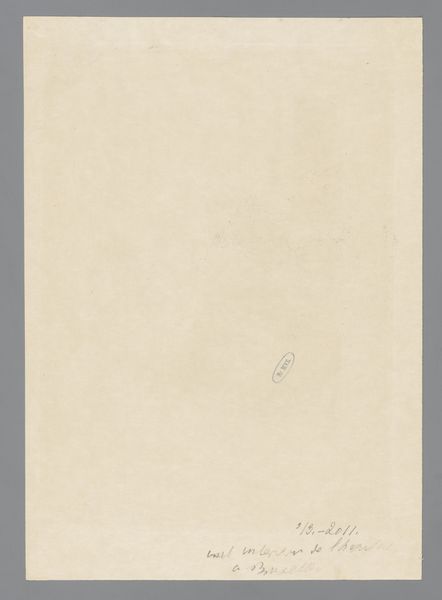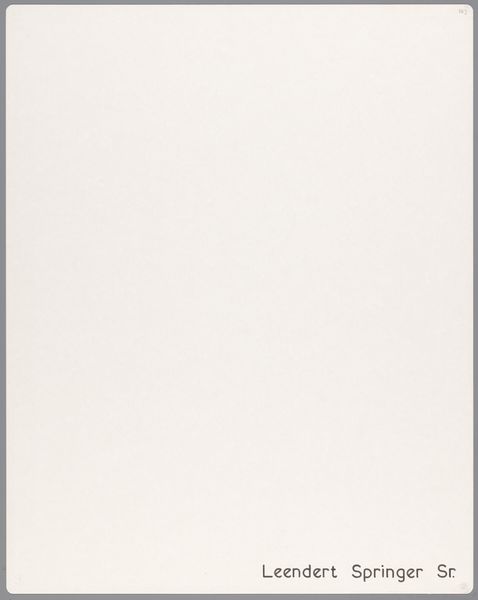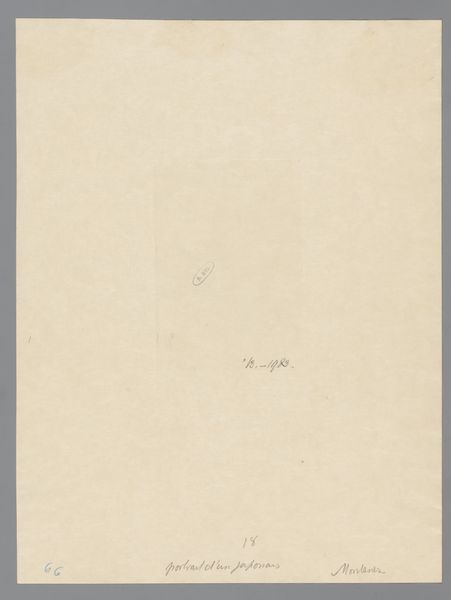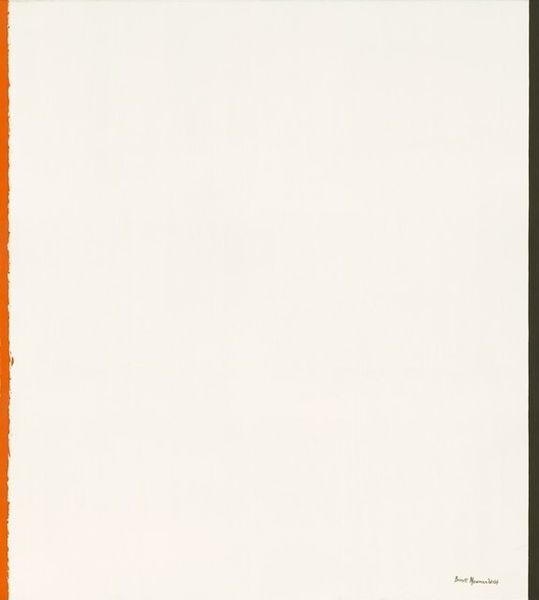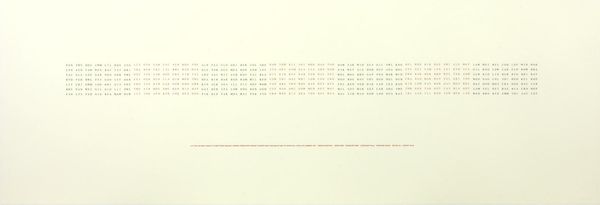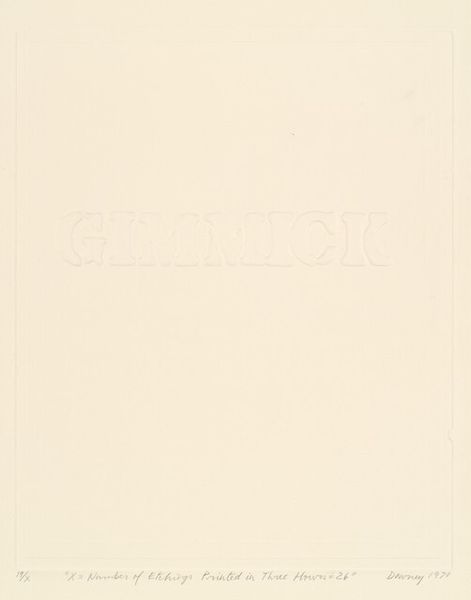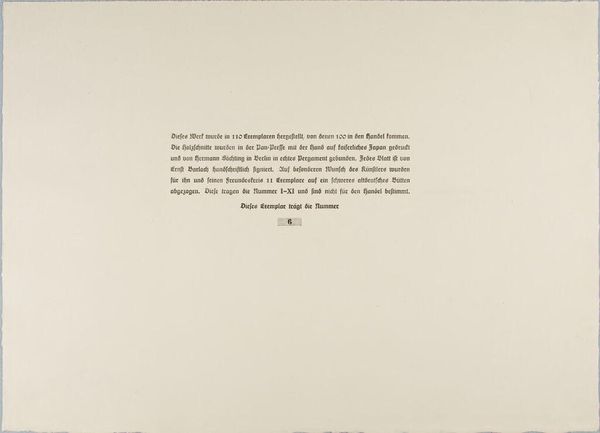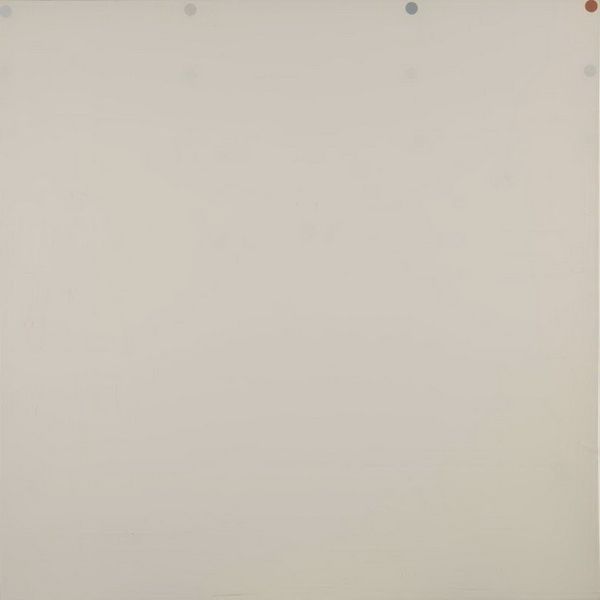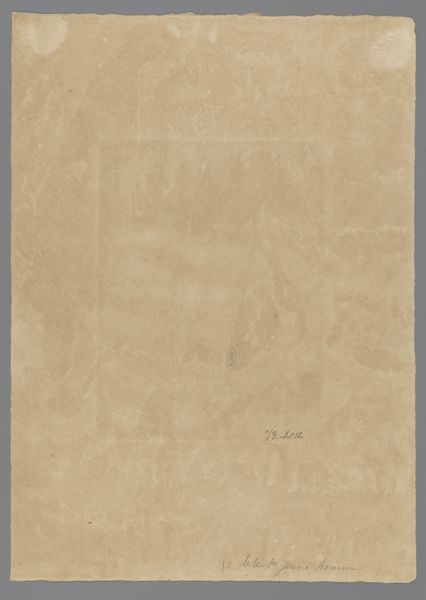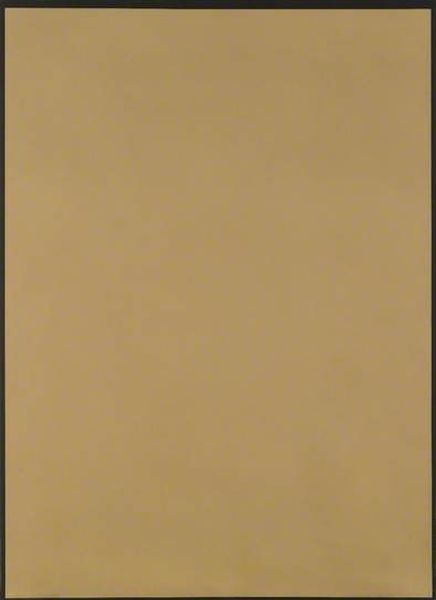
#
conceptual-art
#
minimalism
# print
#
text
#
monochrome
Dimensions: page size: 44.8 x 31.8 cm (17 5/8 x 12 1/2 in.)
Copyright: National Gallery of Art: CC0 1.0
Editor: This is Carel Balth's "Thinking and Seeing Piece #2," created in 1975. It appears to be a print with minimalist text. I'm struck by how simple and almost mundane the sentences are against the stark, empty background. What do you see in this piece, and how do you interpret it? Curator: This work speaks volumes about the act of artistic creation as a form of communication. It highlights the social dynamics of interaction—who is speaking, and to whom? The deliberate placement of the text asks us to consider the role of language and the implicit power dynamics within our exchanges. Balth forces us to confront the idea of a conversation as an artwork itself. Do you find it challenging to consider "communication" a piece of art? Editor: I guess so. I hadn't thought about everyday conversation having a political aspect. So you're saying the simple sentence has a political message in it? Curator: Precisely. The apparent neutrality is deceptive. Whose voice are we prioritizing when we dissect its simplicity? Consider how minimalism, often seen as aesthetically neutral, can be politically charged. Do you think the context of the 1970s impacts the meaning? Editor: Maybe. People were becoming more aware of power imbalances and language use back then. The '70s brought second wave feminism, among other things. The artwork is a great way of asking us to look at everyday exchange in this historical context. Curator: Exactly. It shows how Conceptual art challenged existing artistic boundaries while engaging directly with pressing societal concerns. What's your takeaway? Editor: I learned that even something that looks very simple can have deep roots in political ideas and that, like, literally everything we do has an influence. Curator: Agreed. Art gives us a platform to investigate even the most innocuous interactions critically.
Comments
No comments
Be the first to comment and join the conversation on the ultimate creative platform.
